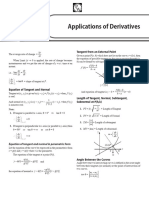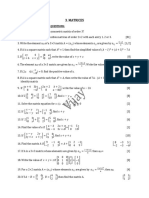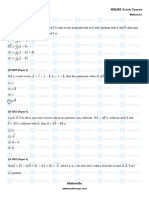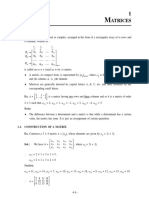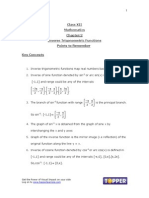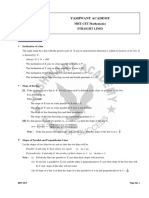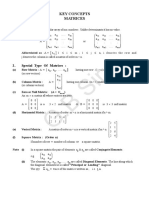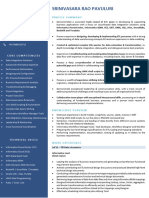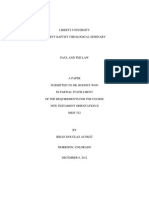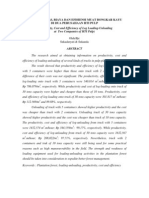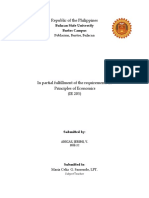100% found this document useful (1 vote)
335 views3 pagesMatrices - Short Notes
Uploaded by
Ashutosh SinghCopyright
© © All Rights Reserved
We take content rights seriously. If you suspect this is your content, claim it here.
Available Formats
Download as PDF, TXT or read online on Scribd
100% found this document useful (1 vote)
335 views3 pagesMatrices - Short Notes
Uploaded by
Ashutosh SinghCopyright
© © All Rights Reserved
We take content rights seriously. If you suspect this is your content, claim it here.
Available Formats
Download as PDF, TXT or read online on Scribd
/ 3






